A Stunning Artwork by the Japanese Puffer Fish – BBC Life
The evolutionary origins of nest building behavior in vertebrates are deep rooted and go all the way back to the fish. The behavior can be very complex with stunning results such as that of the Japanese puffer fish. When the behavior was documented for the first time by Japanese divers it created a big excitement among biologist. Here in this short observation the selective pressures on the male puffer fish exceeds those from predation and nest parasitism but purely sexual. […]

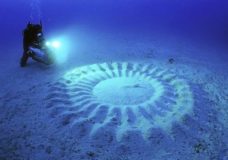
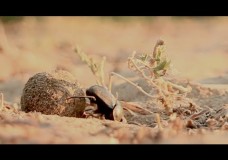
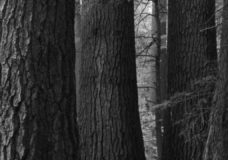
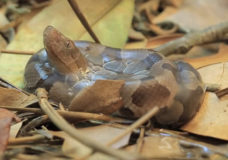
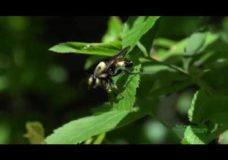




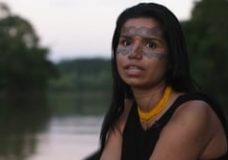
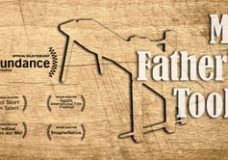
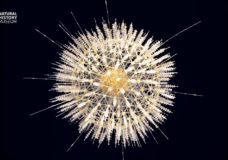
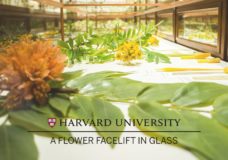



Recent Comments